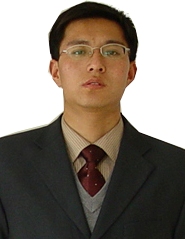Year: 2011 Pages: 10
In the past, various scenarios have been presented to account for the formation of the solar system and our galaxy, but ever-increasing observations prove these conceptions to be incomplete. Here we propose, all objects in the universe are organized in an orderly series of hierarchical two-body systems with gravitation. Within these systems, the two components of each two-body system are orbiting around the barycenter of this system, and at the same time each two-body system is orbiting around the barycenter of a superior two-body system. Based on this hierarchical two-body association, an approximate uniform velocity feature for all stars in a galaxy, and galaxies in a cluster, is determined. Under the effect of gravitation, a successive hierarchical orbital shrinkage results in high redshifts of distant galaxies and planar (disc) rotational profile of large-scale structures like the solar system and galaxy.
if redshift are not primarily due to velocity shift ?? the velocity-distance relation is linear, the distribution of the nebula is uniform, there is no evidence of expansion, no trace of curvature, no restriction of the time scale ?? and we find ourselves in the presence of one of the principles of nature that is still unknown to us today ?? whereas, if redshifts are velocity shifts which measure the rate of expansion, the expanding models are definitely inconsistent with the observations that have been made ?? expanding models are a forced interpretation of the observational results.
-- E. Hubble


